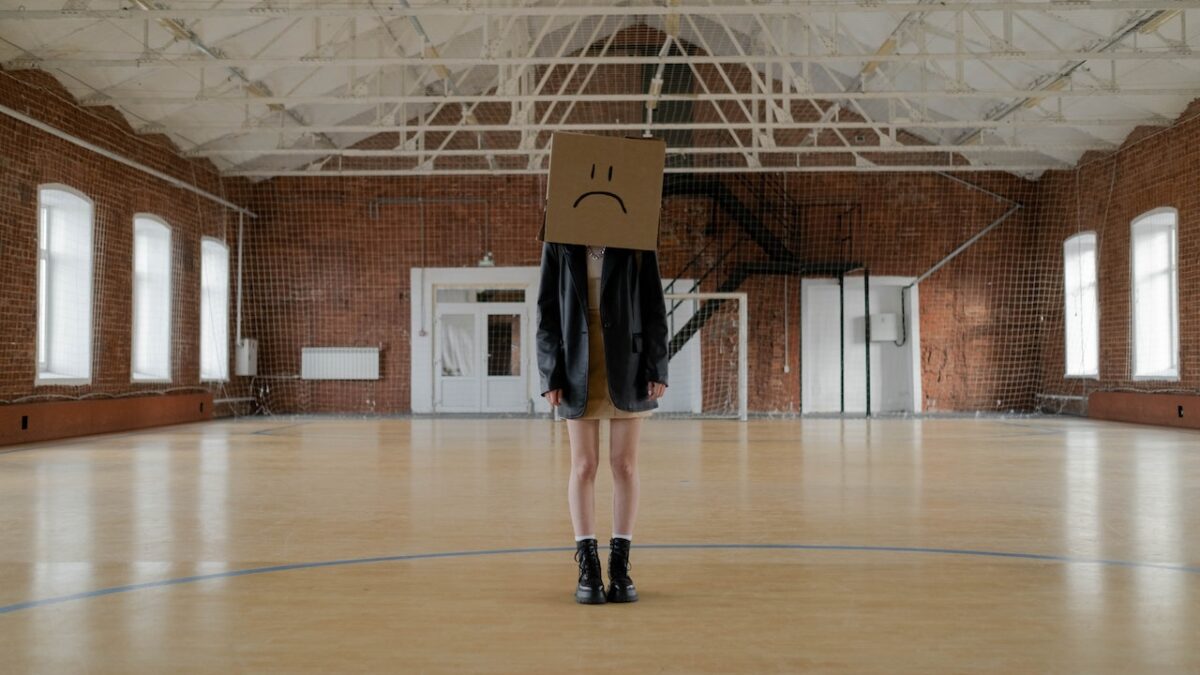Many parents feel the school system is broken. Across America, teachers and textbooks are pushing an agenda to fill children’s minds with information and ideas that are controversial or counterproductive to their healthy development. They have in mind an idea of how schools ought to operate and see them falling far short. Consequently, they believe the system is malfunctioning and simply needs to be fixed. Is this true?
That question can’t be answered properly without understanding the original plans and purposes for which the system was created. Imagine, for example, that you’re in a submarine. You hear some creaking in the pipes near you. Down the corridor, you see some steam emitting from an open valve. Above you, there are gauges that show really high internal pressure inside a row of tanks. Is any of this normal? The sounds are scary and seem to suggest there’s a problem. But until you look at the original schematics and understand how the system was designed, it would be hard to know whether it is broken or working as intended.
Today’s government schools were first designed in the mid-19th century with heavy contributions from Horace Mann, one of the leading education reformers in America. He was an admirer of the schooling system being developed in Prussia, featuring a standardized curriculum, widespread testing, compulsory attendance, professionalization of teachers, and career training. It was an authoritarian, top-down model that emphasized the collective over the individual. Following a trip abroad to see this system in action for himself, Mann became a strong advocate for its implementation in America.
His lobbying effort was swift and successful. Mann was instrumental in getting Massachusetts to adopt the Prussian model of education statewide in 1852, and other states soon followed. What emerged in the years ahead was a new kind of school called the “factory model school,” where both the design of the school building and the processes used within it were modeled after an actual factory. It was a linear system, moving students through standardized information, regulated processes, and grade levels by age — akin to a conveyor-belt process in a factory.
Mann’s quest to industrialize education set up a framework — the foundations of a system — that other education reformers were then able to use to indoctrinate millions of children. Among others we might mention, John Dewey certainly takes the lead. A secular humanist who theorized an atheist utopia, Dewey stated the following in his book “My Pedagogic Creed”:
I believe that every teacher should realize the dignity of his calling; that he is a social servant set apart for the maintenance of proper social order and the securing of the right social growth. I believe that in this way the teacher always is the prophet of the true God and the usherer in of the true kingdom of God.
Dewey’s “true kingdom of God” was government. The schooling system that was still being built across the country enabled Dewey and his like-minded reformers to, in Dewey’s own words, “build up forces … whose natural effect is to undermine the importance and uniqueness of family life.” Academics were secondary. Social transformation was the key, and families stood in the way. The “importance of public schools” facilitated, for Dewey and his allies, “the relaxation of older family ties.”
The fundamental intent was to weaken a child’s family relationships and strengthen his or her relationship to — and dependence upon — the state. As one prominent official in the National Education Association said in 1934, “The major function of the school is the social orientation of the individual. It must seek to give him understanding of the transition to a new social order.”
It might be tempting to dismiss the delusions of these early school architects as antiquated and irrelevant to our modern day. Surely the kind teachers at the nearby elementary school working hard to help our children don’t share this goal to socially engineer the rising generation, right?
This is no doubt true of many hardworking teachers who signed up at schools to help kids reach their potential. But doing this within the modern school system is like growing tomatoes by planting seedlings in a small pot. The system’s constraint — the size of the pot — limits the potential and shapes the future of the seedling. Because root development is limited by the confines of the small pot, the future outcomes of the plant — the size and quality of its fruit — are substantially restricted.
The person tending to that pot might be the sweetest person doing the best they know how. They might nurture the tender plant to the best of their ability, but their constant care can’t compensate for the constraints imposed by the system. Only uprooting the plant and placing it in a different, larger pot will allow the caring gardener to fully maximize their efforts.
Similarly, good teachers aspiring to help students achieve their potential can only do so much in a system that constrains their growth with the Prussian-style, authoritarian “factory model” built for an economy that no longer exists. The best option for many students might be to place them in a different system altogether.
This excerpt is one of 40 chapters from the new book, “Mediocrity: 40 Ways Government Schools are Failing Today’s Students,” written by Connor Boyack and Corey DeAngelis.









